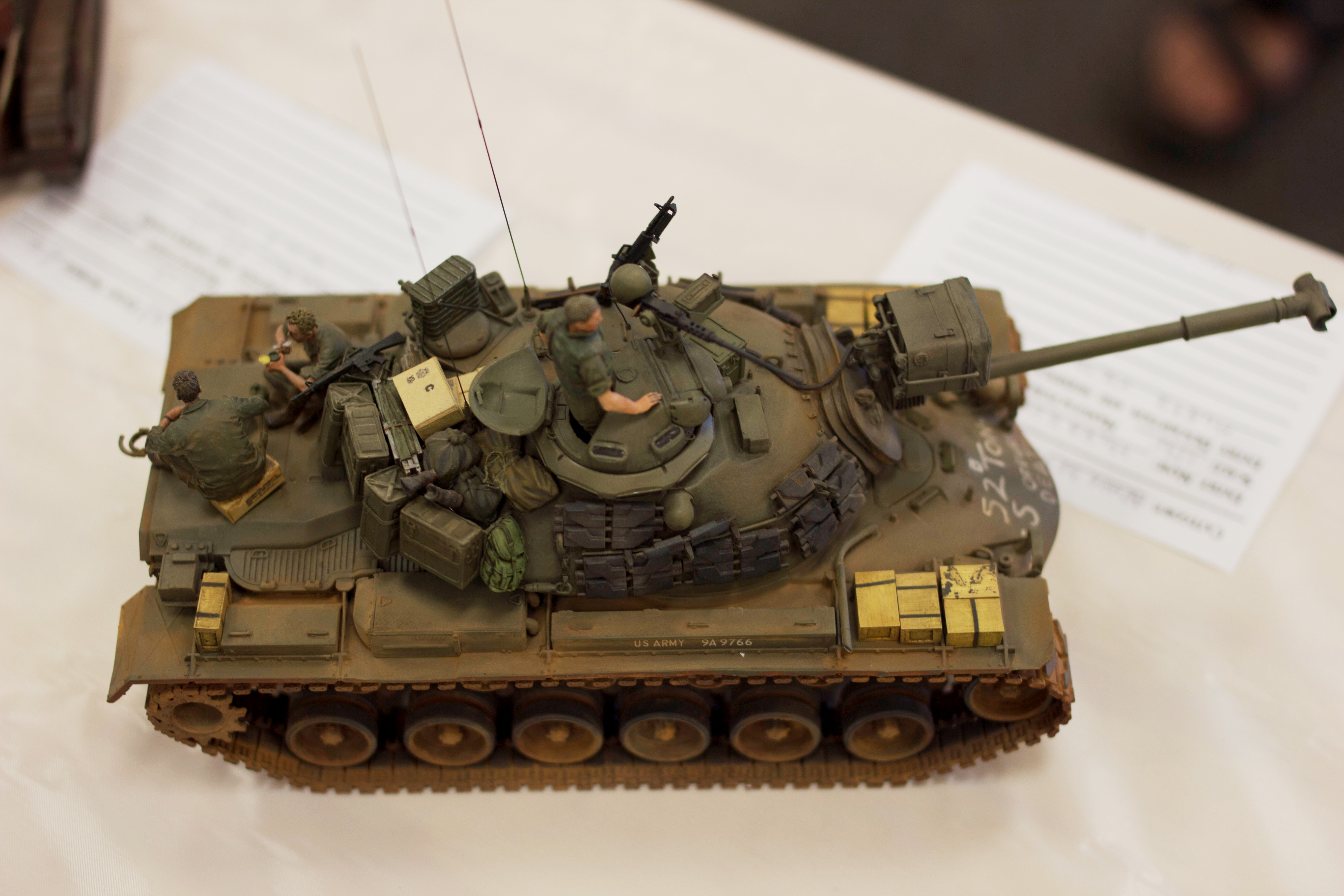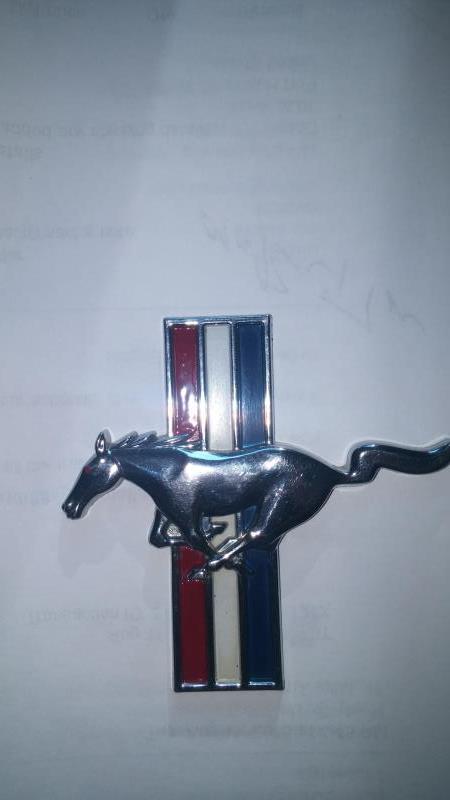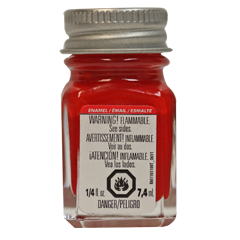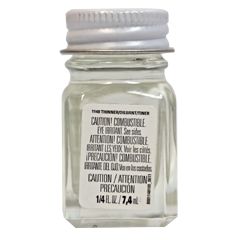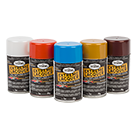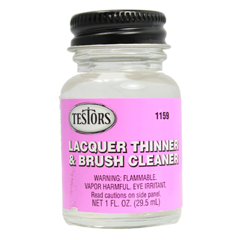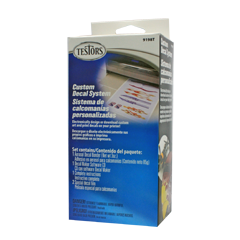Customer Project
1/72 F4U-1 Corsair
- Step one for me was cleaning up the parts and deciding how I was going to approach the building stage of the kit. This kit didn't offer any cockpit so I decided in this first phase that I would attempt to build one from scratch. Because of the thickness of the canopy plastic, I knew I wouldn't have to go into hyper detail. I just planned basic simple shapes and constructed all of the basic parts. Painting of the cockpit was done with Model Master Interior Green and then washed and highlighted with artists acrylics.
- After the cockpit was built and painted, I continued with the basic construction of the kit with the fuselage wings and elevators. I added details to the propeller landing gear and landing gear doors with spare sheet styrene stretched sprue and random bits of fine wire. The fuselage was sanded and puttied and re-scribed and readied for painting. The rockets were left out for this build and the bombs were moved in-board of the landing gear.
- Now I had all of my modifications and added details figured out, painted, and assembled except for the bombs, tail wheel, and the drop tank. Those were left off and painted separately. I started by masking and spraying the white under the plane first. I feathered the panels as to show the light where it would be greatest starting with the brighter shades at the nose of the plane and working back to the tail with varying shades of light grey acrylic mixes. So that when viewed from the front, the underside of the plane appears to get darker the closer the tail gets to the ground just as should naturally.The medium sea blue was a custom mix of basic Testors' enamel colors of dark blue green and white. I sprayed it on with my airbrush and then dry brushed in some lighter shades of the mix to represent some small amount of sun fading.The last color was a custom mixture of artists acrylics. I shaded the aircraft with some pre-shading and then I used modulation to pick out some of the smaller panels on the plane to highlight them and bring out more surface detail and visual interest. I used my own trick for getting the decals to snuggle down and lay flat like paint. A single swipe of Testors' liquid model cement is a scary thing to watch but the result speaks for itself.
- Final weathering was done with artists oil washes thinned with Testors' Enamel Thinner to bring out the panel lines and weathering powders to show some grit.
- The base was just some Evergreen ribbed stock that I painted in silver washed with a mix of acrylic paint and common white glue and water. After it was generously applied, I sprinkled baking soda over it and let it dry. After brushing off the excess baking soda I added more acrylic washes and added the drips and oil spills.

